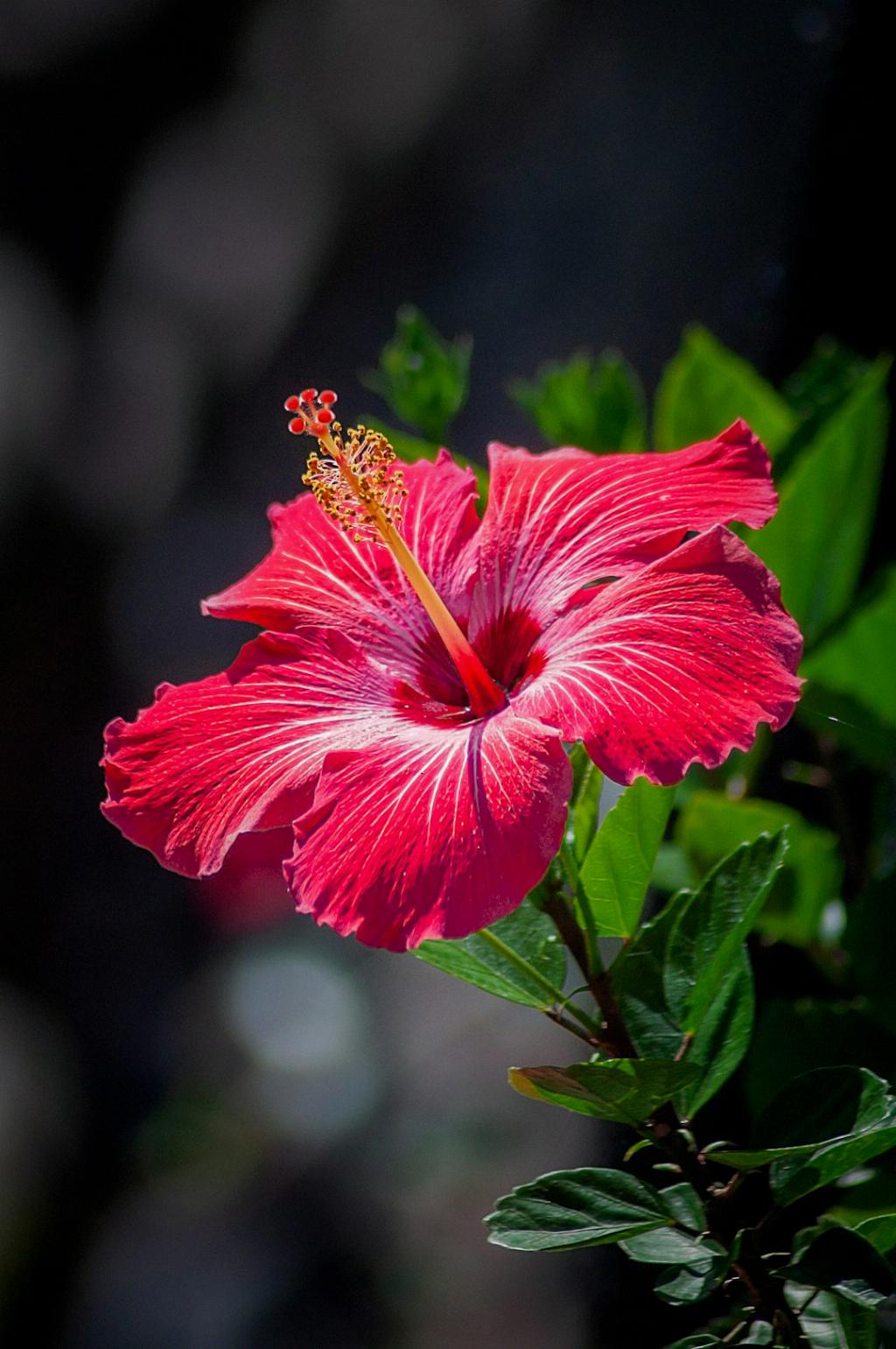Deadheading hibiscus plants is a simple and essential task that can promote continued blooming and overall plant health. When flowers begin to fade or wilt, it is important to remove them properly to encourage new growth and prolong the blooming period of your hibiscus.
To deadhead your hibiscus effectively, you should start by locating the stem of the faded or wilted blossom. This stem should be snapped off just below the flower, at the point where it meets the main limb of the plant. By doing this, you are removing the spent flower and promoting new growth in the hibiscus.
If you prefer using a tool such as bypass pruners to deadhead your hibiscus, it is essential to ensure that the blades are clean and sharp. Clean blades help prevent the spread of diseases between plants, while sharp blades make clean, precise cuts that aid in the healing process of the hibiscus plant.
When deadheading hibiscus, it is important to remove not just the faded flower itself, but also any developing seed pods that may be present. Removing these seed pods encourages the plant to focus its energy on producing new blooms rather than setting seeds, leading to a more prolific blooming season.
Deadheading your hibiscus should be done regularly throughout the blooming season, as soon as flowers begin to fade. This practice not only keeps your plant looking tidy and attractive but also helps stimulate continuous flowering, ensuring a vibrant display of blooms in your garden.
While deadheading hibiscus is a beneficial practice, it is essential to be gentle when handling the plant to avoid damaging the surrounding foliage or stems. Take care to remove only the spent flowers and avoid causing unnecessary stress or injury to the hibiscus plant.
After deadheading your hibiscus, it is a good idea to check the plant for any signs of pests or diseases. Regular inspection allows you to address any issues promptly and ensure that your hibiscus remains healthy and vigorous, further supporting its blooming capabilities.
Deadheading can be a relaxing and rewarding task for gardeners, providing an opportunity to connect with your plants and observe their growth and development up close. It also allows you to play an active role in promoting the beauty and vitality of your hibiscus garden.
Remember that deadheading is not just about removing spent blooms but also about fostering new growth and encouraging a continuous cycle of flowering in your hibiscus plants. By practicing regular deadheading, you can help your hibiscus thrive and bloom abundantly throughout the season.
Overall, deadheading hibiscus is a simple yet impactful gardening practice that can significantly enhance the beauty and health of your plants. By following proper deadheading techniques and incorporating this task into your regular plant care routine, you can enjoy a lush and vibrant hibiscus garden that continues to delight you with its colorful blooms.

